Most gardeners can agree that September is one of the best months for being outdoors. Around the United States, changing seasons breathe life into gardens and gardeners’ enthusiasm, and with this one the oppressive grip of summer’s heat finally loosens.
It’s planting time again. Everything from cool-season edibles to broadleaf evergreens and native grasses are best planted this month. Consider starting a wildflower garden from seed, and welcome winged visitors with berry-producing shrubs and by leaving skeletal seed heads up over winter.
The countdown to the first frost may have already begun, but there is still so much left to enjoy. Here’s what to do in your garden this September.
Find your September garden checklist:California | Central Plains | Great Lakes | Mid-Atlantic | Northeast
Pacific Northwest | Rocky Mountains | Southeast | Southwest | Texas
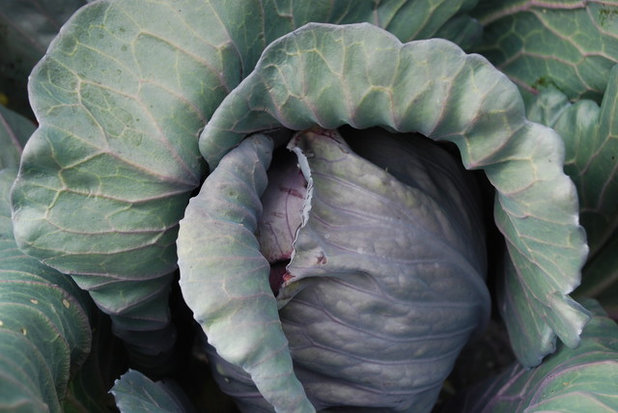
Jocelyn H. Chilvers
Northwest. When it comes to edibles, "kale, cabbage, spinach and Swiss chard are all fall favorites," says landscape designer Karen Chapman. "Radishes and lettuce also will have plenty of time to grow and be harvested before the cold weather comes."
She adds, "September is also the best time to plant onions and garlic. Cover these with bird netting raised a few inches with blocks of wood or old nursery pots. Birds seem to love to peck at those emerging tips! Once the roots have established, the netting can be removed."
Get her Northwest September checklist | More cool-season crops
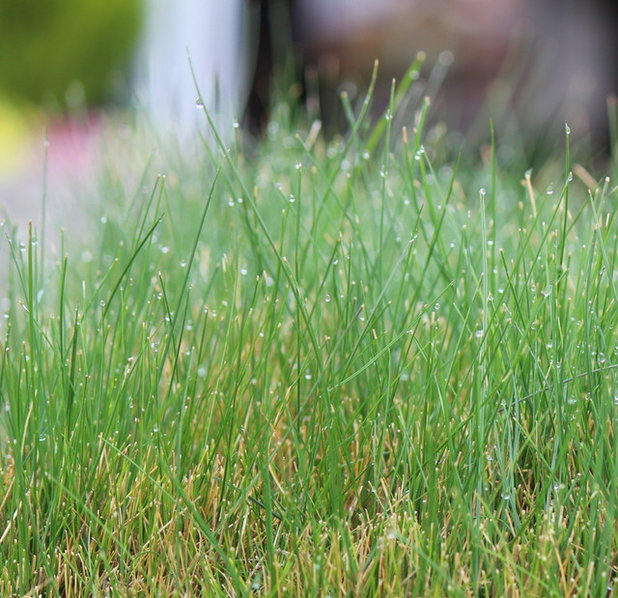 California.
California. "If you're thinking about planting a lawn soon (fall is the best time to start), consider some of the newish less-thirsty types, including California native grasses," writes garden editor Bill Marken.
"
'Native Mow Free', shown here, is a mix of several types of fescue grasses that take some shade as well as full sun," he says. "It can be mowed for a regular turf look or left unmowed for a shaggy, lumpy look. It's best to mow it at least a couple times a year. It works well on a slope. It is not a good play lawn.
Most important when starting a lawn? "Whether you start with seeds (cheaper, but more demanding of weed control) or sod (correct watering is not as simple as it looks), the key and most arduous step is preparing the ground," Marken says.
Get his California September checklist | More tips for the California garden
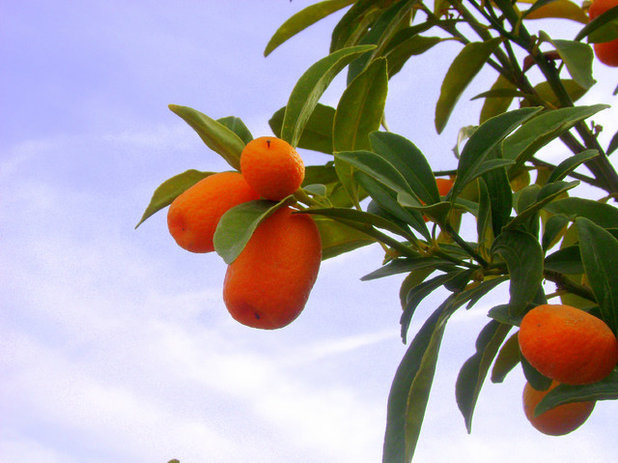
Noelle Johnson Landscape Consulting
Southwest. "Give citrus trees their last application of fertilizer for the year," advises Arizona horticulturalist Noelle Johnson. "Citrus need to be fertilized three times a year: in late winter, early summer and late summer."
Get her Southwest September checklist
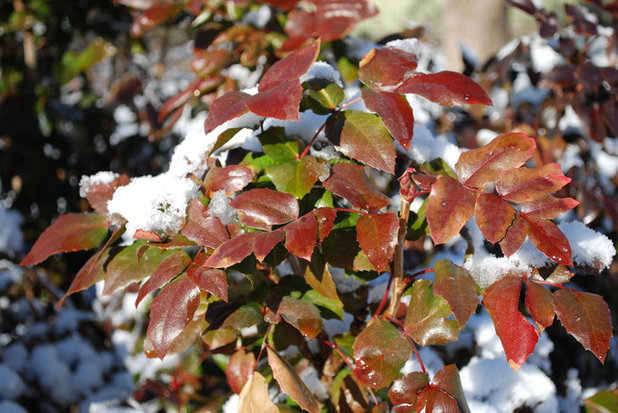
Jocelyn H. Chilvers
Rocky Mountains. "Broadleaf evergreens should be a priority for your fall planting schedule," writes Colorado landscape designer Jocelyn Chilvers. "These plants bring much-needed color and texture to the winter landscape but can suffer from our region’s low humidity, intense sunlight and drying winds."
Get her Rocky Mountains September checklist
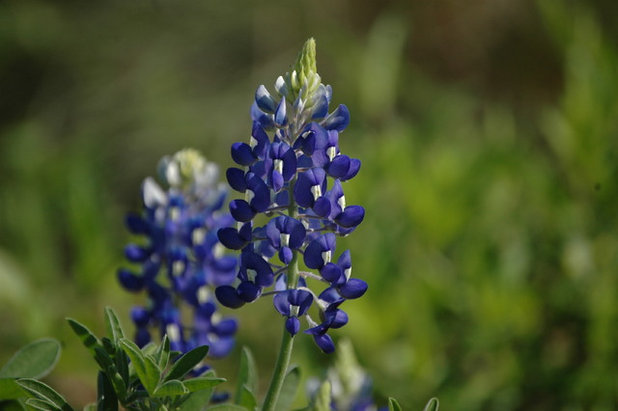
J. Peterson Garden Design
Texas. “Start a wildflower garden. You’ll have until Thanksgiving to plant seeds, but the first part of September until early October is the best time,” writes landscape designer Jenny Peterson.
“Wildflowers like
bluebonnets (
Lupinus texensis),
Indian paintbrush (
Castilleja),
Indian blanket (
Gaillardia pulchella) and
purple poppy mallow (
Callirhoe involucrata) require full sun and well-drained soil to flower best. You can buy seed mixes from your local nursery or botanical center, or call your county extension service if you have difficulty locating seeds or need more specific advice.”
Get her Texas September checklist
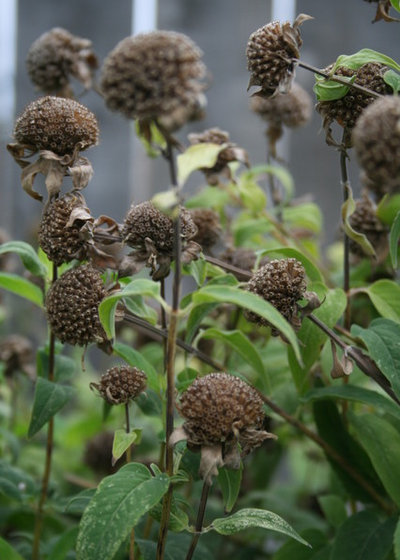
Benjamin Vogt / Monarch Gardens
Central Plains. "Plants such as
bee balm (
Monarda spp) tend to look scraggly by late summer, and deadheading doesn't always bring back new blooms," writes Nebraska garden consultant Benjamin Vogt. "Consider leaving the unique seed heads that will be delicately topped by winter snow, making the garden that much more pleasing on the coldest days."
Get his Central Plains September checklist
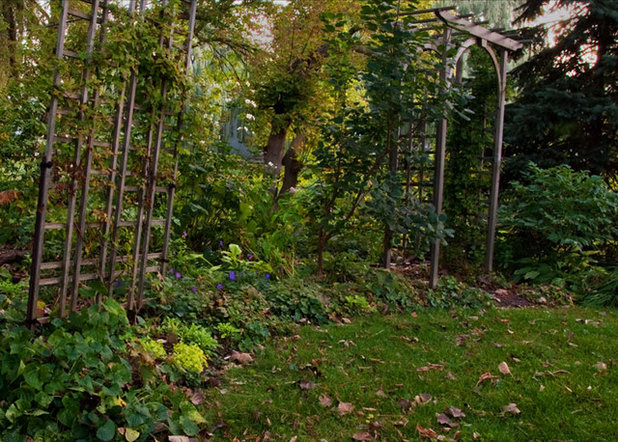
Barbara Pintozzi
Great Lakes. "September is the perfect time to plant perennials and woody plants," writes Illinois garden coach Barbara Pintozzi. "It used to be that spring was the best time to plant in Great Lakes gardens, but gardeners are discovering that with unreliable moisture and often unbearable summer heat, new plants do better under the less-harsh conditions of autumn. By planting in September, the gardener is guaranteed that the new plants will have sufficient time to become established before winter."
Get her Great Lakes September checklist
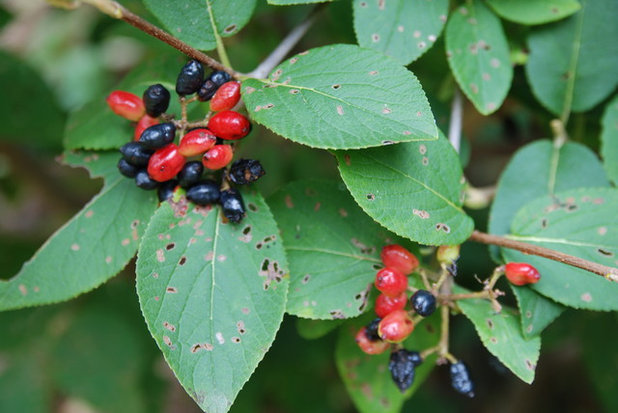
Paintbox Garden
Northeast. "About this time of year I notice an increase in bird activity to my mixed border, where viburnum and redtwig dogwood provide a privacy screen from the street," writes Vermont landscape consultant Charlotte Albers.
"
Viburnum 'Mohican' is especially showy, with fruits going from red to black and leaves that turn red with the shortening days," she notes.
Get her Northeast September checklist
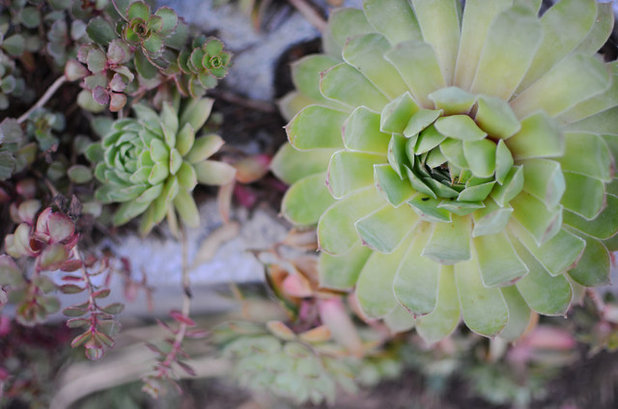
Amy Renea
Mid-Atlantic. "Succulents also need a close eye this time of year. Some can overwinter outdoors, but tropical succulents will need to come indoors at the first hint of frost," says garden writer Amy Renea. "These plants can survive a very light frost, but cold temperatures can kill off the top growth. A wilted aloe plant is not a nice sight, so get them inside if temperatures drop."
Ger her Mid-Atlantic September checklist
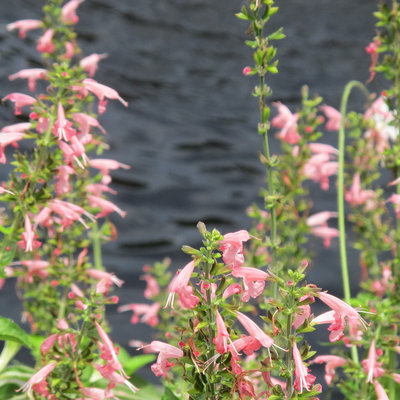
Gardening with Confidence®
Southeast. "Hummingbird feeders aren’t necessary if you have enough plants to feed these visitors, but they are a great way to ensure you have a consistent food source for the hummers," says North Carolina garden writer Helen Yoest. "You can place the feeder in a location that is easy to see from your favorite chair, inside or out."
Get her Southeast September checklist





